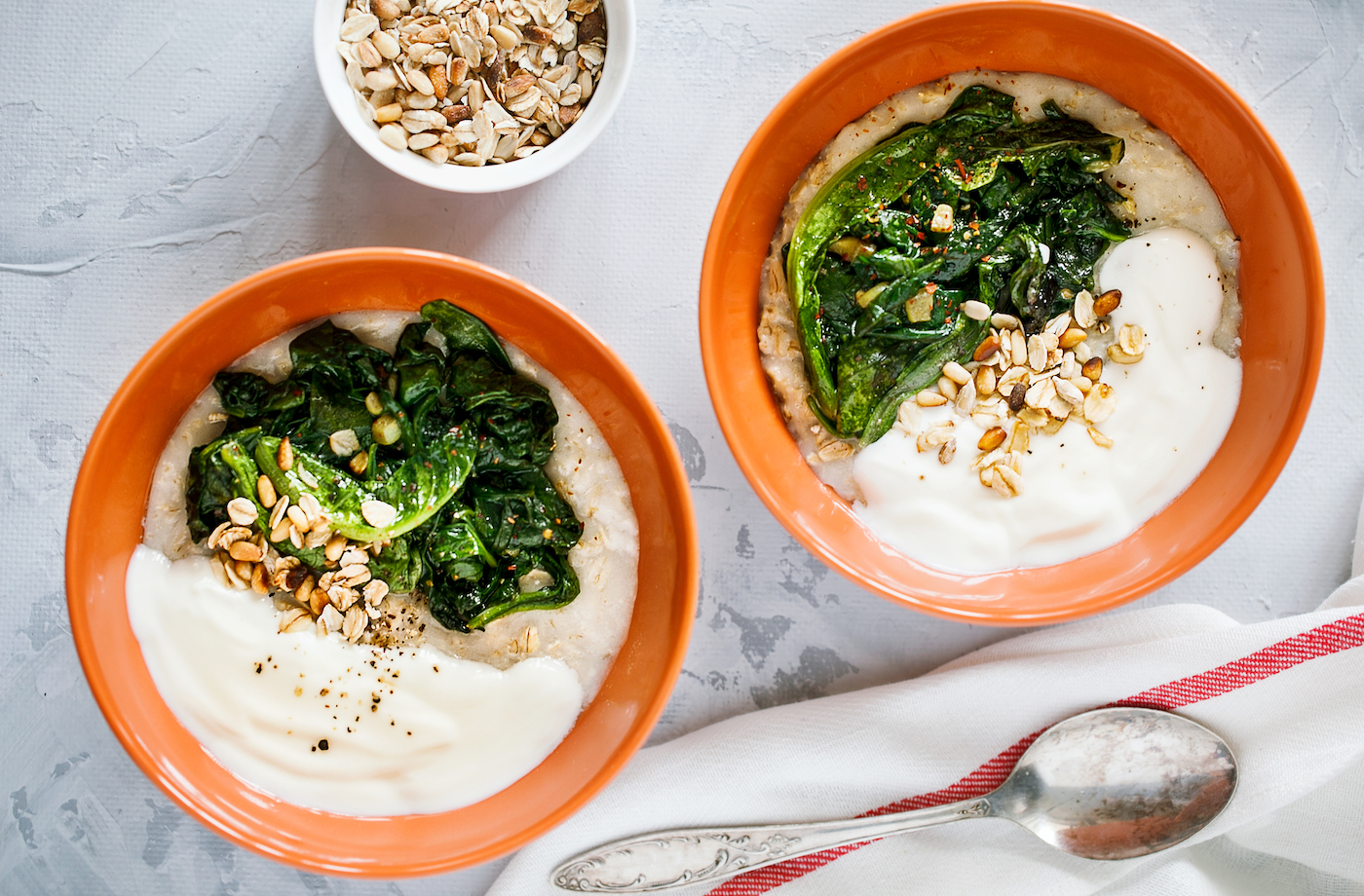
February 13, 2020 at 01:00AM by CWC
Chestnuts aren’t just for the holidays. Here’s how to cook them to make a savory, hearty breakfast.
Unless they’re getting name-dropped in Christmas songs, chestnuts don’t get much attention. Almonds, peanuts, and cashews are so popular that they’re downright basic, but chestnuts just aren’t a nut that typically comes to mind. But now, they’re getting their time in the spotlight. (Or more accurately, in your bowl.)
In the latest episode of Plant-Based, herbalist, Supernatural founder, and holistic health practitioner Rachelle Robinett shares how to cook chestnuts to make a high-fiber breakfast porridge. “Chestnuts are low in fat and high in really good quality ‘slow’ carbohydrates,” Robinett says. The reason why they’re a “good” type of carb, she explains, is because they don’t cause a quick spike in blood sugar the way “fast” carbs do, like white bread or candy.
ADVERTISEMENT
ADVERTISEMENTKate Spade Autumn/Winter Sale |
“These slow burning, long lasting, very stable carbohydrates are what keeps blood sugar level,” Robinett says. This means your mood and energy will be more stable, too. Another reason Robinett is a fan of this underrated nut is because it’s a good source of prebiotics, which feed the good bacteria in the gut. Seriously, why have we been sleeping on chestnuts?
If you are living a grain-free life—looking at you Paleo and keto dieters, Robinett says it can be especially beneficial to eat chestnuts regularly because they’re a good source of B vitamins, a nutrient that’s tricky to get if you’re gluten-free. They also cook really similarly to grains, including in her yummy breakfast porridge recipe. Check out the full episode above to get the recipe and a step-by-step breakdown of how to make it. As far as reaping the benefits go, this is one nut that actually isn’t hard to crack.
Another amazing plant-based recipe: this vegan chamomile ice cream. And here’s how to make a vegan, gut-health boosting broth.
Author Emily Laurence | Well and Good
Selected by CWC

ADVERTISEMENT
ADVERTISEMENTUp to 30% off Gift Sets |







